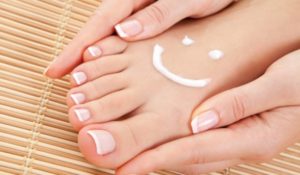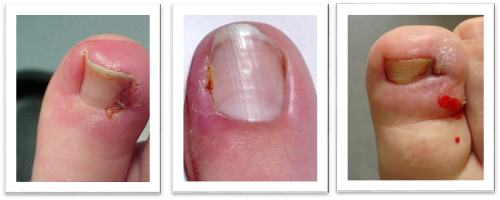This is one of the most common questions we are asked as Podiatrists’. To understand why your treatment does not appear to be working we need to ascertain what type of fungal infection you have, what your treatment procedure has been in the past and lifestyle factors.
To understand fungal infections please see: http://www.medicalpedicure.com.au/fungal-infection/
There are a number of different types of fungal infections, this, in addition to how long the fungal infection has been present, can determine which type of treatment would be most suitable. There is never a “one treatment fits all” approach in my opinion.
Current treatments on the market include:
- Topical antifungals (applied directly to the area as directed)
- Oral antifungals (a tablet prescribed by your GP)
- Laser
- Photodynamic Light Therapy (PACT)
Treatment really should be prescribed on an individual basis. When I prescribe treatment I always consider lifestyle factors as part of my treatment plan. The reason for this is: Fungal toe nail infections can take up to and over a year to treat!
Your big toe nail (which is the nail we most often see affected by fungal infections), takes a year to grow from bottom to top. If you are expecting to see a miracle result in two weeks, sorry, that’s unlikely 🙁 I know that there are treatments out there that say that they are either a seven day or two week treatment, these should be reserved for fungal infections on the skin and even then, I wouldn’t suggest a miracle result would occur. Please be aware that fungal portion of the nail must grow out (from nail bed out).
Honestly, regardless of the treatment method chosen, you can consider the following progression if treatment plan is adhered to:
(thanks to Dallas Laser Med for this great illustration)
RESULTS WILL VARY BETWEEN PEOPLE!
In recent years, the dawn of the “laser” age has been popular, in our clinic we often see patients who have tried laser with little success. I am unable to say if the laser treatment itself was not successful, or the protocol used at home was the problem. We know with any treatment, there will always be a failure rate, and with fungal infections so difficult to treat, it could be a combination of factors.
This year, after much research, I introduced Photodynamic Light Therapy treatment (PACT) into our clinic. To date, we have had really encouraging results, however, I cannot stress that the protocol at home after in clinic treatment is key to treatment! I chose the PACT treatment over laser for our clinic as the research showed great results, is more affordable than laser and had less side effects overall.
The most important consideration for treatment in our clinics is the “at home” treatment, that is, the daily protocol used at home by the patient. The key to treatment is always to reduce the number of active fungal spores in all environments. If you are not addressing this on a daily basis, this may be the reason why, your treatment is not being successful. This includes (but not limited to):
- The infected area itself (nail or skin)
- Shoes,
- Socks/stockings,
- Wet areas – bathrooms, communal showers in gyms etc
I can’t stress enough – If these areas are not addressed at the same time you can expect – success rates for treatment to significantly decline.
My advice is always to seek professional advice when looking to treat a fungal infection.
- Ensure that the area is assessed (yes make sure that the area is seen, not just discussed), as in my experience, certain treatment options are more successful on some types of appearances of the fungus and not on others.
- Know what is expected with each treatment option – how many appointments are required, what needs to be followed through with at home, when to return for review.
- Understand that sometimes, treatment options may need to change throughout the course of treatment.
- DON”T GIVE UP!










